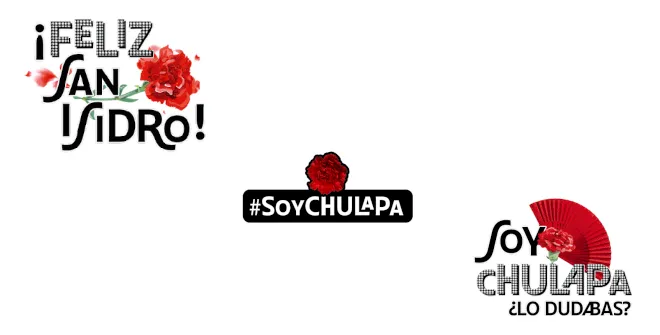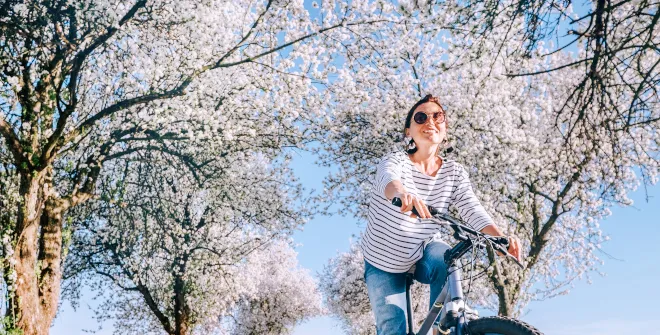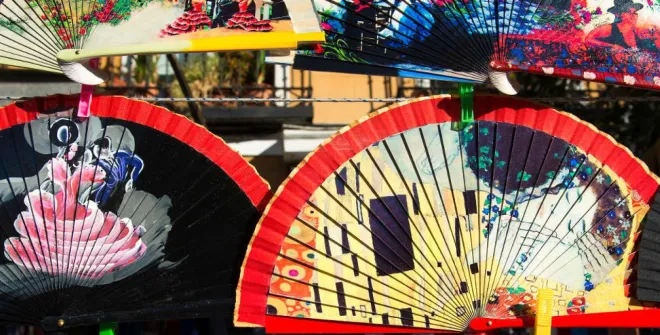San Isidro Itinerary
We love Madrid at San Isidro, and we want you to enjoy these festivities like a true Madrileño. Take note, because we’re going to tell you where they’re held, what typical dress is worn, what sorts of traditional sweets are eaten and what places in Madrid are associated with the life of our most beloved saint. Follow us!
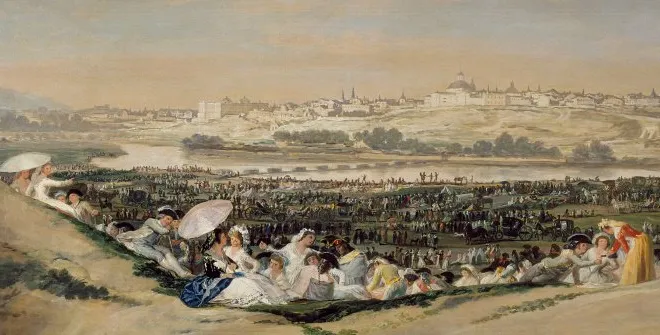
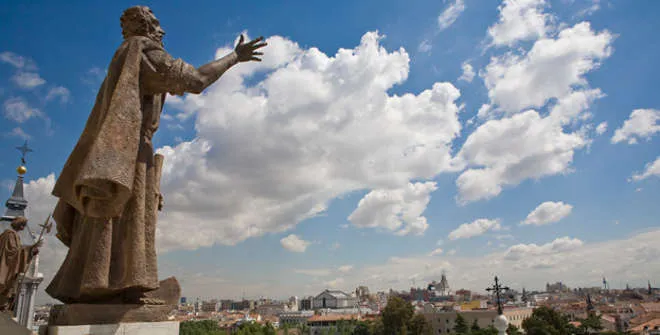
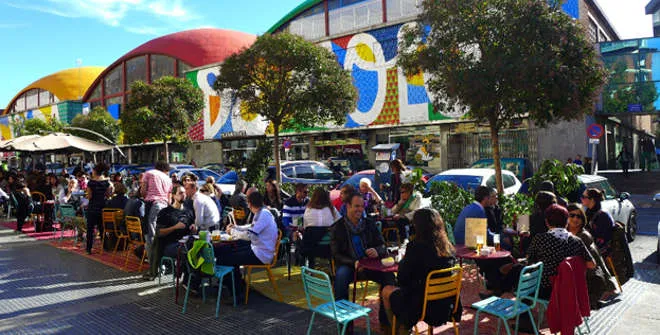
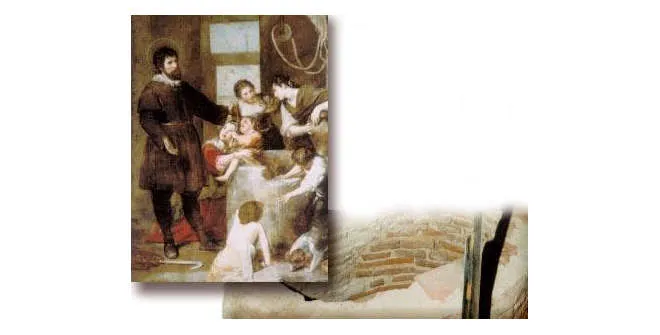

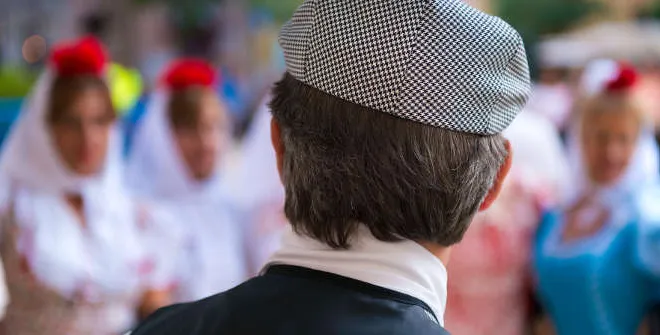
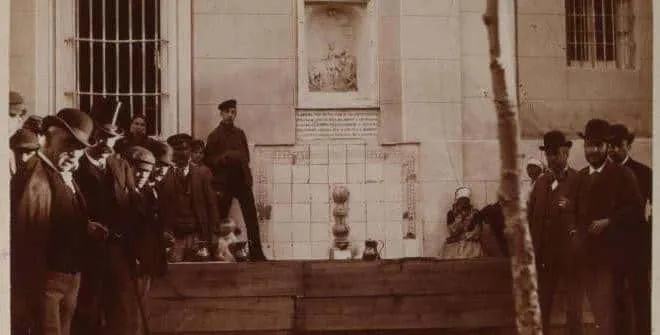
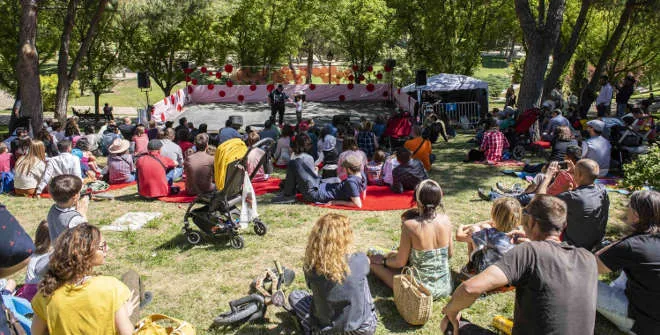
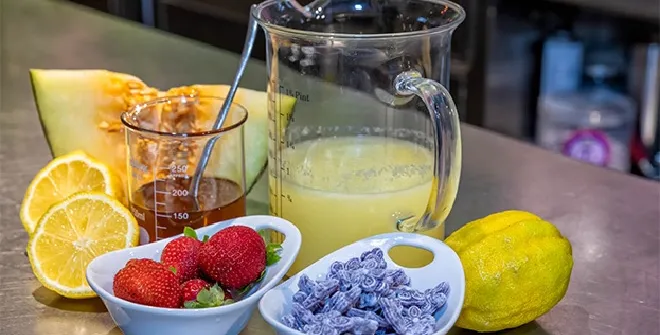
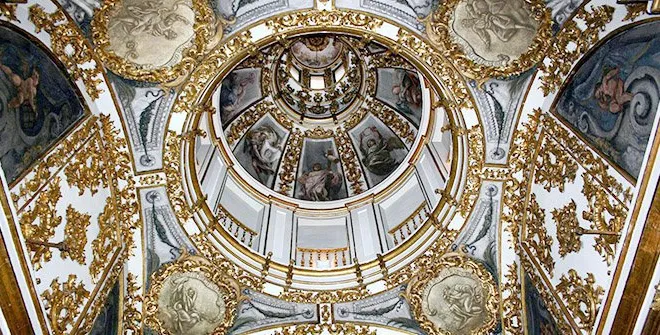

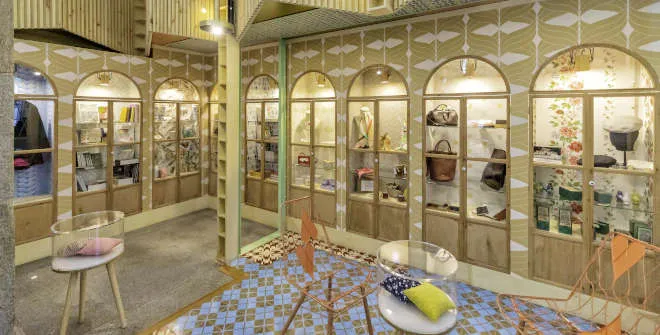


If you want to get an idea of how San Isidro was celebrated in the past, just visit the Prado Museum to admire The Meadow of San Isidro, painted by Francisco de Goya in 1788. You’ll see what the celebration was like over two centuries ago, and while Madrid looks a bit different in the background and the people are wearing period dress (today we refer to it as “Goyaesque” clothing), there are really very few other differences. Years later, we're still enjoying ourselves just as we did back then.
We owe almost everything we know about the life of Saint Isidore the Labourer to the Codex of San Isidro, also known as the Codex of John the Deacon, a 13th century manuscript that tells of some of his miracles and episodes from his life. It's currently displayed in the museum of La Almudena Cathedral. Take the opportunity to go up to the cathedral's dome to enjoy some of the best views in the old part of the city.
Isidore the Labourer was born in 1082 in an area known at the time as the outskirts of San Andrés. It was located outside the city wall and revolved around a parish church by the same name, where the saint's remains were held until they were moved to the collegiate church that's now named after him, located in Calle de Toledo, along with the remains of his wife, Maria Torribia. The area is part of what we know today as La Latina, one of Madrid’s most traditional neighbourhoods, which is full of charming streets and a large number of bars and restaurants.
The Museum of the Origins of Madrid is an incredibly interesting place that tells us the story of Madrid from the first prehistoric remains found in our city up to 1561, when the court was moved here…but it’s also the place where our patron saint died! The museum is believed to stand on the site of the house where Isidore lived and died, which was owned by his employers, the Vargas family. That's why it's also known as the “House of San Isidro”. Here, you’ll be able to see the Miracle Well, where according to legend the saint saved his son from drowning by making the water rise so that the boy could easily get out.
You’re sure to see rosquillas (traditional mini doughnuts) during San Isidro. 6 million of them are sold around this time every year! There are different types: tontas (“dumb”, or plain), listas (“smart”, or glazed), French or Santa Clara-style (and few people can remember which are which). You’ll find them at traditional patisseries like the century-old El Riojano. Located at the beginning of Calle Mayor, just a few minutes from the Royal Palace, it was founded in 1855 by Dámaso Maza, who was from La Rioja and served as personal confectioner to Queen Maria Christina of the Two Sicilies.
You’ll find fantastic Manila shawls in the shops around Plaza de Pontejos, very close to Puerta del Sol. They’re used over traditional chulapa dresses (19th century dresses worn by working-class women) and come in all sorts of colours and patterns. Some are true works of art which can be very costly. Fortunately, there are shawls for every budget. With a handkerchief on your head and a carnation in your hair, you’ll definitely look the part! And for those who want to go chulapo-style, don't forget a handkerchief round your neck, a waistcoat and the traditional houndstooth-patterned flat cap. It's called a parpusa and you can find it in hat shops like the ones in Plaza Mayor.
Tradition dictates that you visit San Isidro Hermitage to drink from the saint’s fountain on 15 May, his feast day. Among other miracles, Saint Isidore is said to have made water spout from a rock by striking it forcefully with his cattle goad, in the same place where the holy fountain is now located.
One of the most popular traditions on the day of San Isidro is to spend it in the park named after the saint. Crowds of families and groups of friends enjoy picnics in the park, spreading their blankets on the grass for a feast: potato omelettes, roasted red peppers, breaded cutlets, tuna and potato salad and other tasty dishes. There are also numerous food stands that sell pasties, sandwiches, marinated meat skewers and gallinejas, one of our most traditional dishes (fried lamb tripe). Very close by, a fair with rides and a stage for concerts are also set up.
It’s the traditional drink at our verbenas (big outdoor parties). But watch out! It might not be what you’re expecting. It contains wine as well as lemon, sugar and diced fruit (usually apple). And it’s delicious!
Held on the evening of 15 May, the Patron Saint Procession departs from the Collegiate Church of San Isidro. The faithful, dressed in chulapo or Goyaesque garb, accompany it as it moves through the streets of the old part of the city, the streets where Isidore lived.
This is the setting par excellence for Madrid's verbenas. At San Isidro, it's customary to get something to eat or drink from one of the stalls and enjoy live performances of contemporary music as well as displays of our typical dance, the chotis, and folk songs.
We’ll make a stop at Plaza Mayor to show you all of the traditional items on display at the shop in the Tourist Information Centre. You’ll find wafers, barrel organs, whistles, shawls, flat caps and more.
If you’re looking for a superbly chulapo souvenir of Madrid, this is your place.
During the San Isidro festivities, a stage is set up in Plaza Mayor to host myriad productions, from indie music to zarzuela. Unsurprisingly, people often stay to enjoy the show while having a calamari sandwich for dinner. They're sold by many of the bars and restaurants in the square.
Get into the spirit with our San Isidro list on Spotify. You’ll find old-time tunes (you can even practise your chotis!), or you can get a feel for Madrid to the beat of the many, many songs that have mentioned our city in recent decades. Long live San Isidro!
